Understanding the Australian Power Socket
The Australian power socket, also known as the Type I appliance socket, is an essential component of the electrical infrastructure in Australia and several Pacific nations. With its distinct design and specifications, the Australian power socket ensures safe and efficient power distribution. Knowing the different types, features, applications, and advantages of this power socket is vital for both residents and businesses looking to adapt or expand their electrical systems.
Types of Australian Power Socket
- Standard Type I Socket: This is the most commonly used Australian power socket, featuring two flat pins forming an inverted V shape and a grounding pin.
- Surge Protected Sockets: Designed to protect devices from electrical surges, these sockets are essential for businesses relying on sensitive equipment.
- Smart Sockets: With Wi-Fi or Bluetooth connectivity, smart sockets allow for remote control and monitoring of electricity usage through mobile apps.
- Multi-Outlet Sockets: These sockets feature multiple outlets, providing flexibility to connect various devices at once while ensuring effective voltage distribution.
Features of the Australian Power Socket
- Safety Mechanisms: Designed with safety in mind, Australian sockets incorporate child-proof shutter mechanisms, preventing accidental contact with live parts.
- Compatible Voltages: The Australian power socket supports a nominal voltage of 230V, with a frequency of 50Hz, ensuring compatibility with standard appliances.
- Durable Materials: Made from high-quality thermoplastic and copper components, these sockets are designed to withstand high temperatures and resist corrosion.
- Easy Installation: The design allows for quick and efficient installation by qualified professionals, making electrical upgrades less cumbersome.
Applications of Australian Power Socket
- Residential Use: Australian power sockets are standard in homes, powering a wide range of appliances from refrigerators to electronic devices.
- Commercial Settings: Offices and retail spaces utilize these sockets to ensure reliable power for computers, lighting, and other essential equipment.
- Industrial Applications: Factories and workshops depend on rugged Australian power sockets for machinery and tools that demand consistent electrical supply.
- Travel Adaptors: With the increasing need for global travel, adaptors converting power from other types to the Australian socket have become ubiquitous, ensuring travelers stay powered.
Advantages of Using the Australian Power Socket
- Increased Safety: The design minimizes the risk of electrical shock, making it safer for families and businesses.
- Universal Compatibility: Widely used in Australia and neighboring regions, the Type I socket can be easily adapted to various appliances from different countries.
- Efficiency: Ensures optimal electricity distribution, which contributes to reduced energy consumption and lower utility costs.
- Versatile Applications: Whether in homes, offices, or factories, Australian power sockets cater to varied power requirements, making them ideal for diverse settings.
This structured content provides an informative overview of the Australian power socket, appealing to both residential and commercial users while emphasizing the keyword effectively across the different sections.













































































































































































































































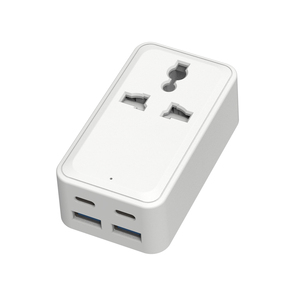












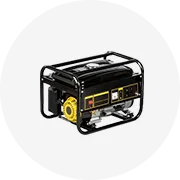
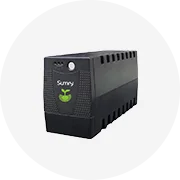
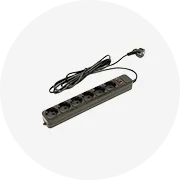


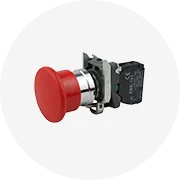
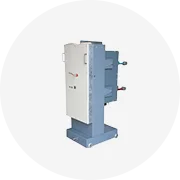
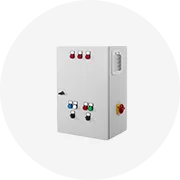
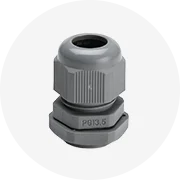

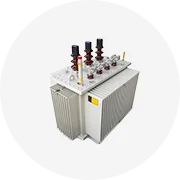






 浙公网安备 33010002000092号
浙公网安备 33010002000092号 浙B2-20120091-4
浙B2-20120091-4